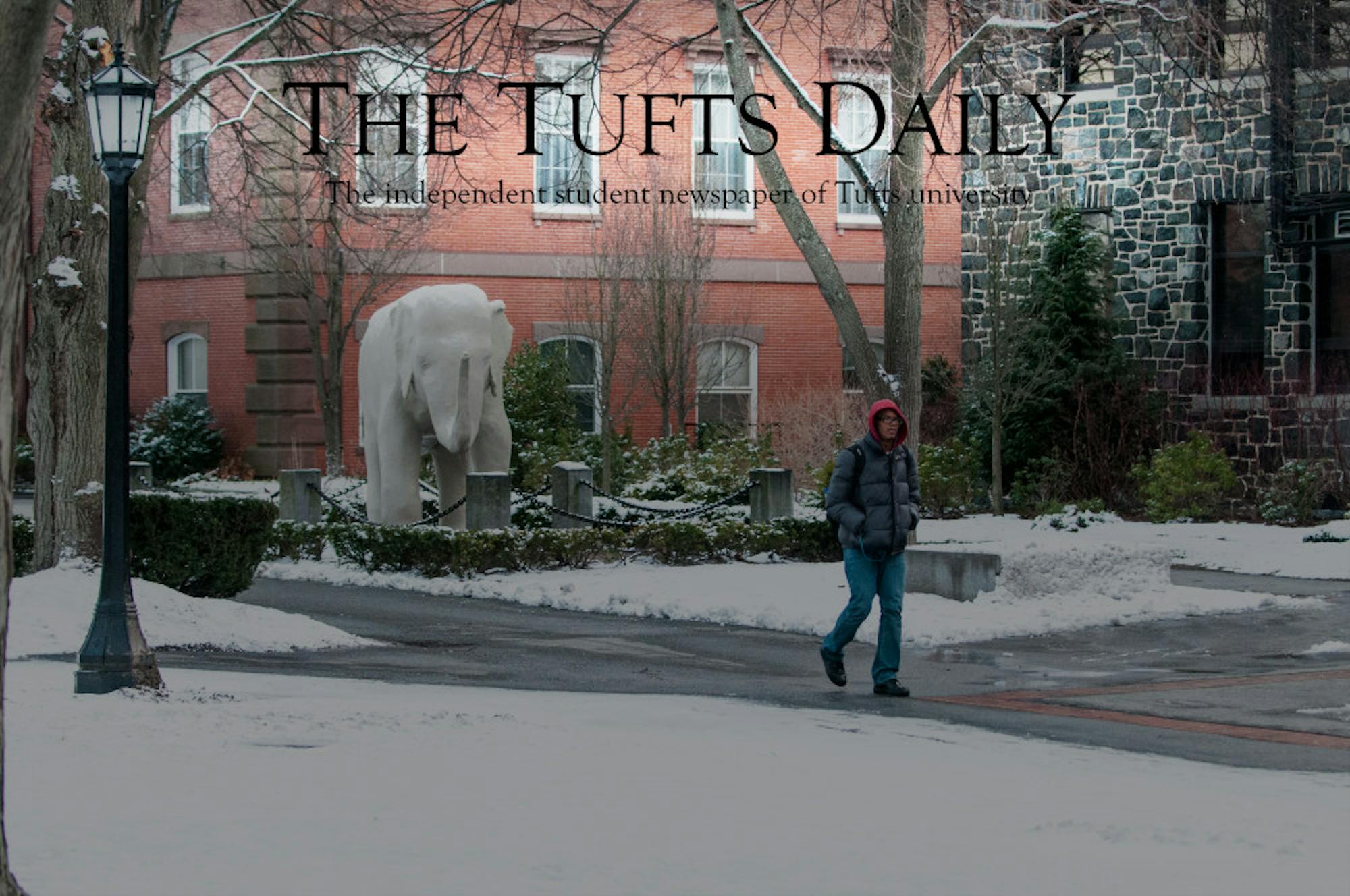Since the release of “Thor” (2011), the franchise has become one of Marvel’s most successful. This was somewhat unexpected. After all, Thor is a god from Norse mythology, not a well-known superhero — something that seems fairly unoriginal from a marketing perspective — and the epic scope of Thor’s universe would make it difficult to weave it into the other Marvel franchises without overshadowing them. But “Thor” managed to transcend these issues with impressive action scenes and strong performances from Chris Hemsworth and Tom Hiddleston as Thor and Loki, respectively. It’s sad, then, that the sequel, “Thor: The Dark World,” does so little to surprise its audience.
“Thor: The Dark World” expands upon the successful elements of the first movie — specifically the film’s intense aesthetic. Indeed, far more time is spent in Asgard and other CGI realms of Thor’s universe. Admittedly, the setting is amazingly intricate, and the film owes a huge debt to its designers. But the amount of time devoted to these computer-generated surroundings is somewhat sickening, with the whole production coming off as excessive eye candy. The special effects are nice, but being bombarded with a constant stream of green-screen effects makes the film feel gaudy and cluttered. This oversaturation detracts from the moments when the special effects could have been genuinely beautiful.
While special effects are abundant, plot is not. Coincidence ferries one plot development to another with aching artificiality. The “Nine Realms” happen to be aligning for the first time in thousands of years. Jane Foster (Natalie Portman), Thor’s love interest, happens to stumble upon the cataclysmic artifact needed to destroy the universe. Between long bouts of pseudoscience and the typical action movie tropes, “Thor: The Dark World” doesn’t have much character-to-character substance. Potentially compelling scenarios, such as Odin’s (Anthony Hopkins) disapproval of Thor’s choice in women or Loki’s problematic relationship with his foster mother (Rene Russo), are set up, but both of these are marginalized by a steady train of action scenes and serve only as superficial motivations to advance a crippled plot.
This latest addition in the Thor franchise is notably “sci-fi” compared to its predecessor. Sleek spacecrafts whip through Asgard while being repelled by volleys of laser cannon fire, and bodies are presented as holographic projections. This makes for good action, but it invites far too many discontinuities into the film. After watching people mounted on futuristic turrets and ships that fire blazing light from machine gun rotaries, it’s ludicrous to see guards equipped with archaic swords and shields. The dark elves — the ashen-skinned, hook-nosed bad guys of the movie — actually have futuristic guns and grenades that cause things to implode violently into tiny vacuums. Why doesn’t anybody else? Was the technology lost along with tactful storytelling?
Thankfully, the movie manages to crutch along on its smarmy sense of humor. A constant string of hilarity marks the film’s final showdown, as invisible portals between the worlds cause Thor and other characters to pop in and out of various locales in London.
Appearing spontaneously in the London Underground, Thor looks up at a woman standing in a subway car and asks, “How do I get to Greenwich?” Of course, he rides the subway to rejoin the universe-imperiling battle. Moments like this, which mock the movie’s magnified sense of melodrama, help to keep the CGI-drenched action scenes palatable.
Action-packed, snarky and graced by Tom Hiddleston’s virtuoso smirking, “Thor: The Dark World” is exactly what you’d expect of a sequel to a comic book movie. Whether this is good or bad, a few good laughs can’t rescue a franchise that is set on wallowing in its own conventions.






